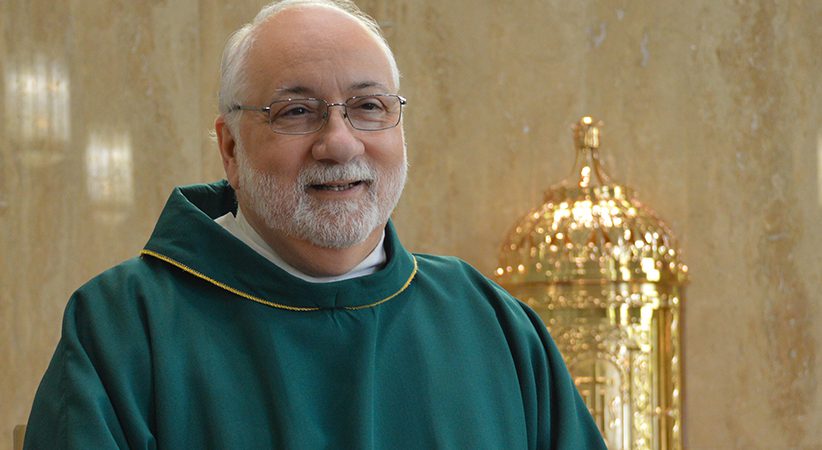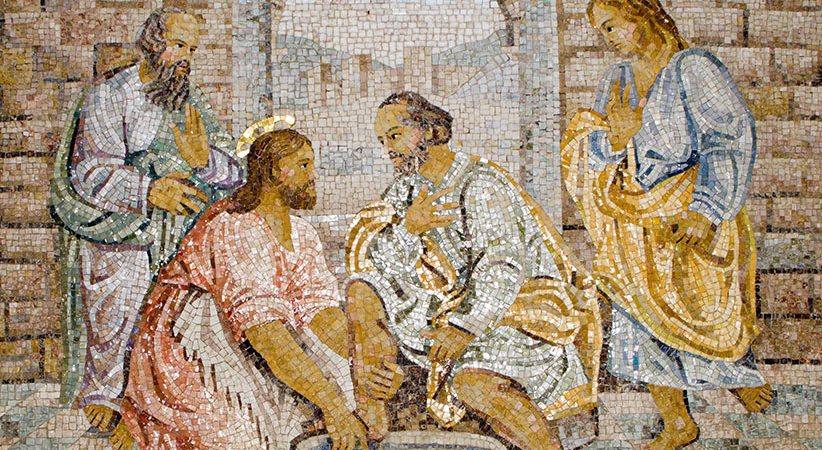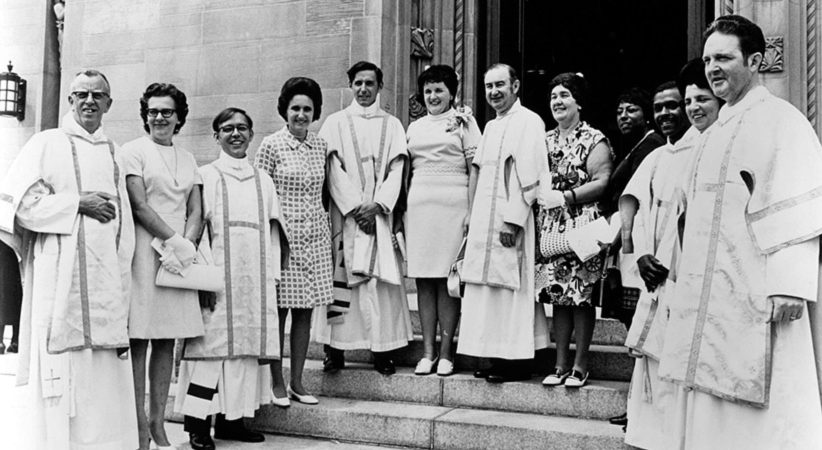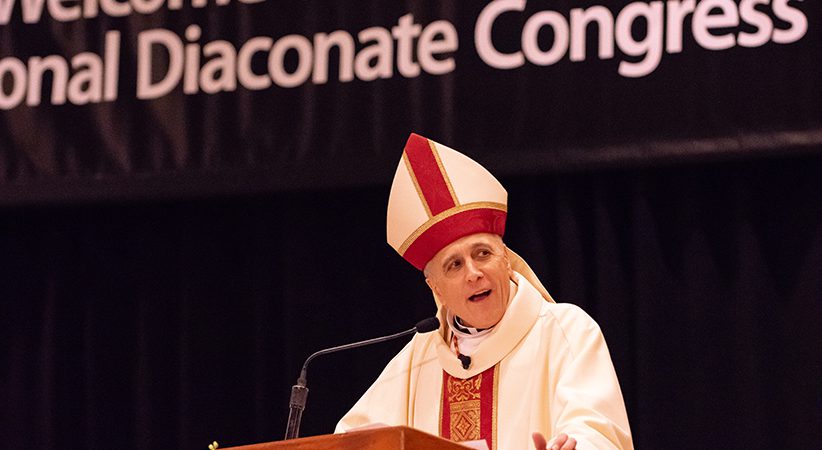Deacons and Dalmatics
The dalmatic symbolizes Christ the Servant
Deacon Harold Burke-Sivers Comments Off on Deacons and Dalmatics
During the last 20 years, I have had the honor and privilege of serving at the altar with my brother deacons throughout the world. However, I’ve noticed an unwillingness by some to wear the dalmatic during Mass. When I inquire about their reluctance, I receive a variety of responses: “It’s too hot”; “I look too much like a priest; the stole is enough”; “Our parish doesn’t have any.”
The rich use of signs and symbols in the Mass represent the deep, unfathomable mysteries of our faith: water, wine, bread and candles. The vestments used at Mass, including the dalmatic, are no exception.
The dalmatic originated in the fourth-century Roman province of Dalmatia located on the eastern coast of the Adriatic Sea (now part of Croatia). “The earliest symbolical interpretations of the dalmatic occur at the beginning of the ninth century. … [The] white color was a symbol of purity of soul. … On account of the cruciform shape and the red ornamental stripes, [the dalmatic was symbolic] of the sufferings of Christ and the emblem of love for one’s neighbor … [admonishing] the servant of the altar to offer himself as an acceptable sacrifice to God” (Catholic Online).
There is a beautiful connection between the bishop and the dalmatic. During diaconal ordinations, some bishops wear the dalmatic under their chasubles. There are also bishops who, at the start of the sacred triduum on Holy Thursday during the Mass of the Lord’s Supper perform the foot washing ritual while wearing the dalmatic, symbolizing Christ the Servant.
The custom of wearing the dalmatic at Mass is clearly outlined in the liturgical rubrics. Ironically, the reticence of some deacons to wear the dalmatic may be rooted in an interpretation of the General Instruction of the Roman Missal (GIRM): “The vestment proper to the deacon is the dalmatic, worn over the alb and stole. The dalmatic may, however, be omitted out of necessity or on account of a lesser degree of solemnity” (No. 338). The rubric seems to imply that it may not be necessary to wear a dalmatic when serving at weekday Masses, funerals or other less solemn occasions.
However, an instruction issued by the Congregation for Divine Worship and the Discipline of the Sacraments in 2004 strongly encourages the use of the dalmatic and, in fact, countermands the GIRM regarding the omission of the dalmatic: “The proper vestment of the deacon is the dalmatic, to be worn over an alb and stole. In order that the beautiful tradition of the Church may be preserved, it is praiseworthy to refrain from exercising the option of omitting the dalmatic” (Redemptionis Sacramentum, No.125). It goes to say, “Ordinaries should take care that in all churches and oratories subject to their jurisdiction there is present an adequate supply of liturgical vestments made in accordance with the norms” (No.126).
The 2016 revision of the Order of Celebrating Matrimony also calls for use of the dalmatic. In the section on “Celebrating Matrimony without Mass,” both the first and second form of the Introductory Rites state that “at the appointed time, the priest, wearing an alb or surplice, and a white of festive stole, and even a cope (or a dalmatic for a deacon) of the same color … receives the couple to be married” (No. 83, cf. also No. 80). This applies whether the deacon is assisting a priest at a matrimonial celebration or if the deacon is presiding at the ceremony himself (cf. No. 79).
Moreover, the General Instruction on the Liturgy of the Hours says: “The priest or deacon who presides at a celebration may wear a stole over the alb or surplice; a priest may also wear a cope. On greater solemnities the wearing of the cope by many priests or of the dalmatic by many deacons is permitted” (No. 255). The expanded use of the dalmatic outside of Mass illustrates the importance of both the deacon and the vestment proper to the exercise of his liturgical ministry.
The deacon symbolically represents God’s people at the altar and should wear the dalmatic to give the fuller expression of the people’s participation in the sacrifice of Christ.
DEACON HAROLD BURKE-SIVERS serves at Immaculate Heart of Mary Catholic Church in Portland, Oregon.





